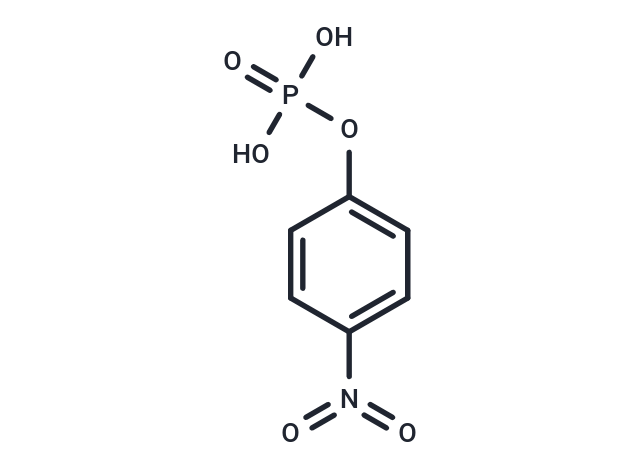Shopping Cart
- Remove All
 Your shopping cart is currently empty
Your shopping cart is currently empty
pNNP (Nitrophenylphosphate) can be used as a substrate for the PP2C assay. pNNP inhibits β-carbonic anhydrase and α-carbonate dehydrogenase, as well as H. pylori Helicobacter pylori. pNNP is a weakly active, tissue-nonspecific alkaline phosphatase modifier. pNNP has been shown to inhibit β-carbonic anhydrase and α-carbonate dehydrogenase.

| Pack Size | Price | Availability | Quantity |
|---|---|---|---|
| 10 mg | $33 | In Stock | |
| 25 mg | $54 | In Stock | |
| 50 mg | $81 | In Stock | |
| 100 mg | $123 | In Stock | |
| 500 mg | $297 | In Stock |
| Description | pNNP (Nitrophenylphosphate) can be used as a substrate for the PP2C assay. pNNP inhibits β-carbonic anhydrase and α-carbonate dehydrogenase, as well as H. pylori Helicobacter pylori. pNNP is a weakly active, tissue-nonspecific alkaline phosphatase modifier. pNNP has been shown to inhibit β-carbonic anhydrase and α-carbonate dehydrogenase. |
| Synonyms | p-NNP, p-Nitrophenyl phosphate, p NNP, Nitrophenylphosphate |
| Molecular Weight | 219.09 |
| Formula | C6H6NO6P |
| Cas No. | 330-13-2 |
| Smiles | O(P(=O)(O)O)C1=CC=C(N(=O)=O)C=C1 |
| Relative Density. | 1.712 g/cm3 (Predicted) |
| Color | White |
| Appearance | Solid |
| Storage | keep away from direct sunlight | Powder: -20°C for 3 years | In solvent: -80°C for 1 year | Shipping with blue ice/Shipping at ambient temperature. | |||||||||||||||||||||||||||||||||||
| Solubility Information | DMSO: 60 mg/mL (273.86 mM), Sonication is recommended. | |||||||||||||||||||||||||||||||||||
Solution Preparation Table | ||||||||||||||||||||||||||||||||||||
DMSO
| ||||||||||||||||||||||||||||||||||||

Copyright © 2015-2025 TargetMol Chemicals Inc. All Rights Reserved.